I would at least compare against intensity i=R+G+B ...
For ROI like masks you can use any thresholding techniques (adaptive thresholding is the best) but if your resulting image is not a ROI mask and should resemble the visual features of the original image then the best conversion I know of is to use Dithering.
The Idea behind BW dithering is to convert gray scales into BW patterns preserwing the shading. The result is often noisy but preserves much much more visual details. Here simple naive C++ dithering (sorry not a Python coder):
picture pic0,pic1;
// pic0 - source img
// pic1 - output img
int x,y,i;
color c;
// resize output to source image size clear with black
pic1=pic0; pic1.clear(0);
// dithering
i=0;
for (y=0;y<pic0.ys;y++)
for (x=0;x<pic0.xs;x++)
{
// get source pixel color (AARRGGBB)
c=pic0.p[y][x];
// add to leftovers
i+=WORD(c.db[picture::_r]); // _r,_g,_b are just constants 0,1,2
i+=WORD(c.db[picture::_g]);
i+=WORD(c.db[picture::_b]);
// threshold white intensity is 255+255+255=765
if (i>=384){ i-=765; c.dd=0x00FFFFFF; } else c.dd=0;
// copy to destination image
pic1.p[y][x]=c;
}
So its the same as in the link above but using just black and white. i is the accumulated intensity to be placed on the image. xs,ys is the resolution and c.db[] is color channel access.
If I apply this on colored image like this:

The result looks like this:

As you can see all the details where preserved but a noisy patterns emerge ... For printing purposes was sometimes the resolution of the image multiplied to enhance the quality. If you change the naive 2 nested for loops with a better pattern (like 16x16 squares etc) then the noise will be conserved near its source limiting artifacts. There are also approaches that use pseudo random patterns (put the leftover i near its source pixel in random location) that is even better ...
But for a BW dithering even naive approach is enough as the artifacts are just one pixel in size. For colored dithering the artifacts could create unwanted horizontal line patterns of several pixels in size (depends on used palette mis match the worse palette the bigger artifacts...)
PS just for comparison to other answer threshold outputs this is the same image dithered:







